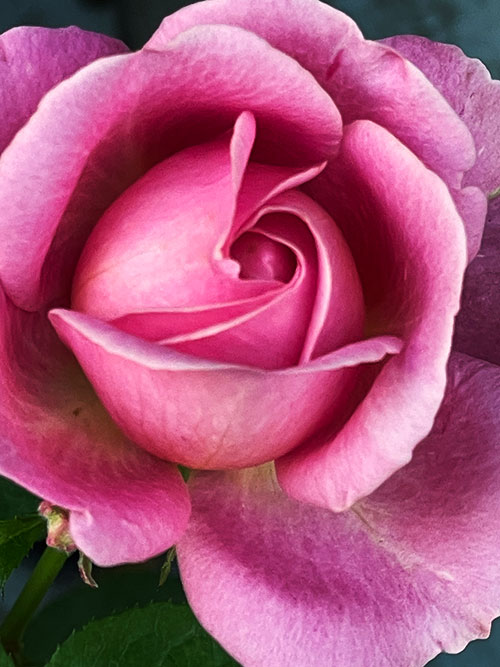 |
| le charme |
What is very interesting is that Kowloon, Hong Kong, was a city of immigrants.
There's a place called North Point within Hong Kong.
This one is called NORTH POINT.
There is a novel by Banana Yoshimoto called “N.P.,” which is a compilation of her early works.
In the novel, N.P. is the name of a song called
There is an anthem scene, which I think is familiar to our loyal readers.(Yaha! (^_^) )
When “N.P.” was first published, the song “N.P.” didn't exist.
It must have been too flooded with inquiries.
As I recall, Banana Yoshimoto announced, “It is a song that does not actually exist.” I remember that Banana Yoshimoto announced that the song did not actually exist.
In Kowloon, which used to be a town of immigrants in Hong Kong, there is an area called North Corner, which is read as North Point.
I was in the future, long after the publication, with my significant other and
"the song was referring to the north corner of Hong Kong?"
In Hong Kong, there is a dish called “intestine flour,” which was originally made with a bamboo utensil. The reason is that the skin of the intestine flour would otherwise contain too much water.
It looks like a white chewy-looking square crepe.
It looks like they put a delicious side dish of red bean paste inside.
Apparently, in Hong Kong, it is one of the many kinds of dim sum.
However, the intestinal mix of Korean immigrants, or Chaozhou people as they are called in Hong Kong, is “ddeokbokki” no matter how you look at it.
No matter how you look at it, it is "ddeokbokki". It's definitely "ddeokbokki".
Even if you have never been there, even if you are not fluent in English and Cantonese, it is still ddeokbokki.
But it is also called ddeokbokki. There are two kinds of dim sum.
So, as far as I'm concerned, why on earth would they do that? Why are “tteokbokki” and “intestine flour” two different things in Hong Kong, and why are they called “intestine flour” together in Hong Kong?
Or,
why was Kowloon a city of immigrants in the first place?
I also want to know
why the teahouse was a cultural salon for wealthy people in the Qing Dynasty, where they had dim sum and tea in a birdcage.
I want to know the details.
So,
"Hmmm, I wonder if there are any places in Japan that serve iintestine flour made with bamboo utensils on their menus? "
As of 2025, national libraries around the world have gone digital, so I wondered if you could connect all the digital data of national libraries in countries around the world and create a huge library named “World Library” with digital data.
(And it wouldn't be a problem if we let them refer to the compressed data without decompressing it and download it directly from the servers used by the nationals in each country.)
It's like the World Library has all the books after they are digitized and translated into all the languages of the world.
A digital data library that can be paid for, so the public can of course use it with an annual membership fee.
We would like to have digital downloads with a time limit, just like the national libraries in various countries are doing now.
Then,
"So, you want to know the fusion point of the gut mix culture and Chaozhou cuisine culture in Hong Kong, and by the way, you want to know the restaurants that serve good gut mix in your home country, Japan?
And by the way, the guy sitting diagonally behind me, who looks kind of cool.
“Why don't you call the kitchen and ask them directly after you order Peking Duck already?”
"SO, Build a World Library."
Then... (flap flap flap)






























